
AI Technologies
Omni-Sensory Visual Intelligence
We leverage our inventory of research development expertise to augment Image Recognition Technology in surveillance machinery.
By introducing Deep Learning to automated surveillance, machines can detect human features from multiple directions and recognise facial attributes. The cognitive capacity for image recognition gives surveillance technology a sense of visual judgment akin to our own.
Intelligent Visual Identification & Recognition
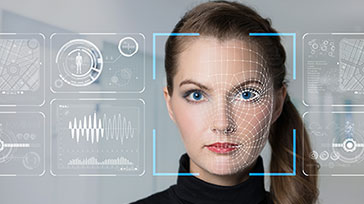
Face Sensing

Human Sensing
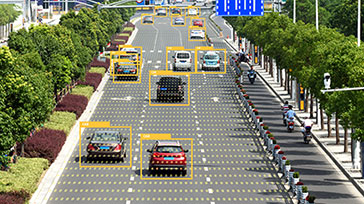
Object Sensing
Face Sensing
At Panasonic, we are award-winning pioneers in extending the development of Deep Learning to face analysis technologies with precision to the finest details.
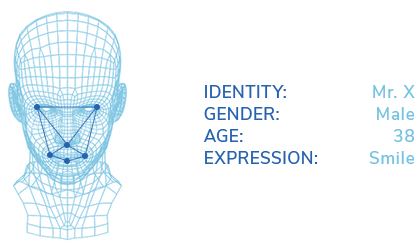
- First-Place Winner of Leaderboard in the NIST IJB-A Face Challenge (as of 31st March 2017)
- First-Place Winner of the MS-Celeb-1M Grand Challenge (Track 1 & Track 2) 2017
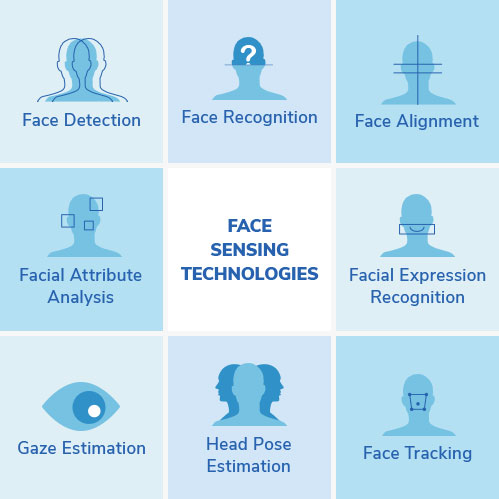
Person Sensing
Deep Learning can also be applied to human detection and re-identification of a person detected previously across different cameras. Our applications have also participated in the Singapore government’s test-bedding projects, such as Smart Nation and SSIP2020.
In addition, we have developed human attribute recognition, person recognition through gait analysis, human behaviour estimation, and human abnormality detection among others for next-generation surveillance applications.
- TechCQ (Technology to Cut Down Queueing Time) for Smart City
- SSIP (Safety and Security Industry Program) 2020
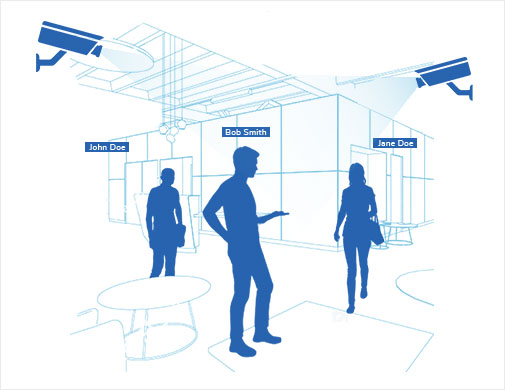
Object Sensing
Beyond face and human sensing, Deep Learning can also be utilised for optically discerning between different objects in the vicinity. Based on a visual classification system, technologies can recognise and segment anything with tangible matter.
This technological flexibility in sensory systems secured first places in object sensing competitions.
On top of that, we have developed award-winning human tracking as well as tracking technologies for objects like balls.
We have also developed award-winning object anomaly detection technologies.
To widen our object sensing capabilities, we have developed Automatic Number-Plate Recognition technology, with pinpoint accuracy and mobility for turnkey deployment under the circumstances of a low-complexity processor.
We have also extended our capabilities into leveraging the relationship between Real Space and Virtual Space, through Computer Graphic simulator development.
- First-Place Winner of Pascal VOC (Visual Object Classification) 2010, 2011 and 2012
- First-Place Winner of VOT (Visual Object Tracking) 2013
- First-Place Winner of Leaderboard Track 2 (Anomaly Detection) in the 2018 NVIDIA AI City Challenge
- First-Place Winner of the AI Driving Olympics (AI-DO) at NeurIPS (formerly known as NIPS)
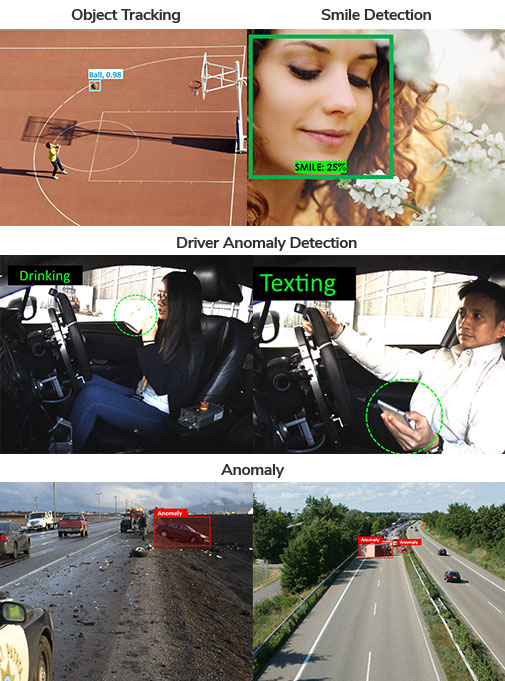
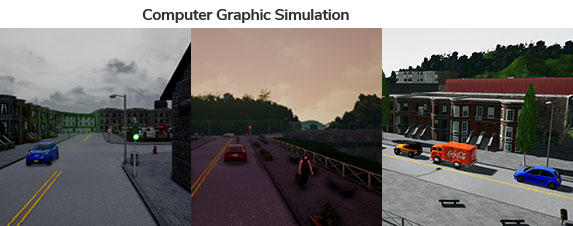
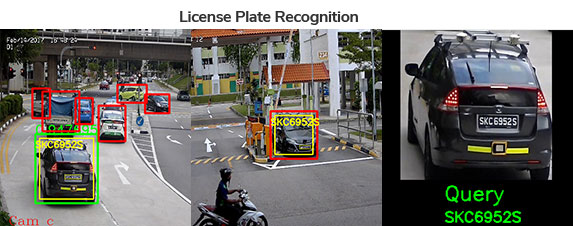
Related Applications from this Research
- Face Recognition (Verification)
- Face Recognition (Identification)
- Face Detection
- Face Alignment
- Face Clustering
- Facial Expression Recognition / Smile Detection
- Facial Attribution Estimation
- Open/Close Eye Detection
- Human Detection
- Person Re-Identification
- Human Attribute Recognition
- Human Gait Recognition
- Human Fall Detection
- Human’s Behaviour Abnormality Detection
- Object Abnormality Detection
- Traffic Abnormality Detection
- License Plate Recognition
- Fire Detection
- Vehicle Re- Identification
- Single/Multi Object Tracking
- Scene/Event Classification
- Computer graphic Simulation
- Imitation Learning
- Reinforcement Learning
- Neural Network Architecture Creation
- Neural Network Model Compression
- Few-shot learning
- GAN-based Image Conversion/Synthesis





